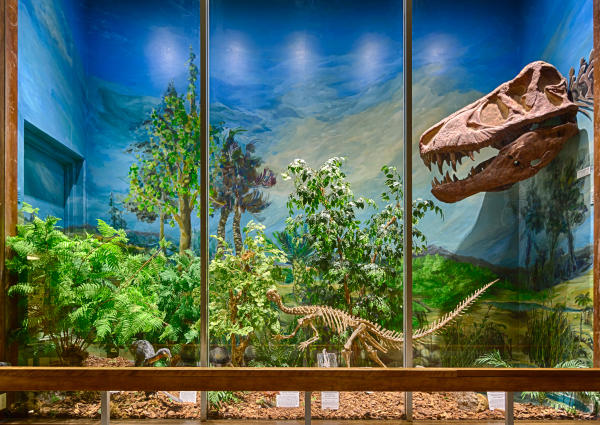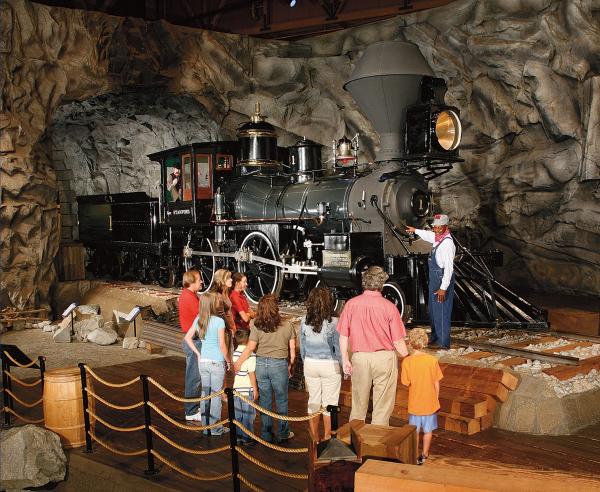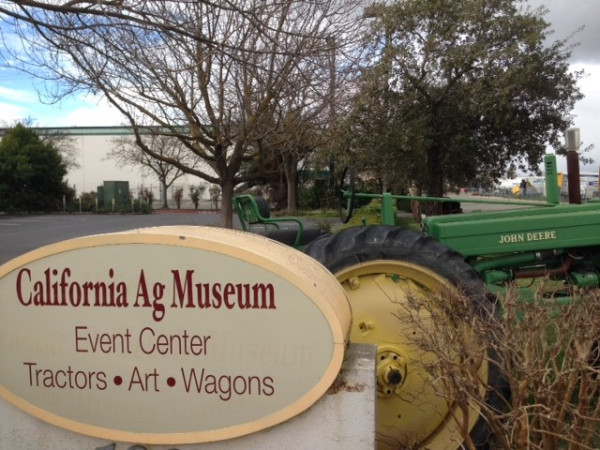If you are a student educator or parent, you probably know the important role STEM (science, technology, engineering & math) learning plays in educating children in the 21st century. According to James Brown, the executive director of the STEM Education Coalition in Washington, D.C., the future of the U.S. economy can be found in the science, technology, engineering and math fields. Here in Sacramento, we have several higher learning STEM facilities where students and families can visit to learn and grow in these fields. Take a look at seven of our best STEM learning facilities:

Sierra College Natural History Museum. Hidden in the Northern California Sierra foothill community of Rocklin just a few miles up the road from downtown Sacramento, Sierra College Natural History Museum is ranked among the best college natural history museums in the U.S., and is the only junior college to be recognized. Among the exhibits you’ll find a complete, 38-foot California Gray Whale skeleton, models of life-size dinosaurs, more than 100 skulls of extinct and modern animals, outside mining exhibits, a rock wall, and more. www.sierracollege.edu

California State Railroad Museum. One of the largest railroad museum’s in the nation, the California State Railroad Museum houses 19 steam locomotives dating from 1862 to 1944, chronicling the development of steam technology through the years. Current exhibits include Without Words, an interactive display of communication tools used by the railroads, Fast Tracks: The World of High Speed Rail featuring a high-speed train simulator, A Shift in Power: A STEM Learning Experience, a hands-on learning experience designed to introduce prototype STEM learning centers in historic settings, and more. www.californiarailroadmuseum.org
Bohart Museum of Entomology. Located on the University of California at Davis campus, this unique museum featuring the tiniest of creatures ranks no. 6 on Best College Reviews website for The 30 Most Amazing Higher Ed Natural History Museums. The Bohart houses the seventh largest insect collection in the world and serves as an active work area as well as museum where students and researchers spend their days studying over seven million terrestrial and freshwater arthropods. The Bohart Museum is open to the public and offers free tours for individuals and special tours for groups. On your way out, make sure to stop at the mini gift shop and pick up your very own scorpion lollipop. www.bohart.ucdavis.edu
Sacramento Splash. This nonprofit organization is dedicated to helping children understand the natural world around them through education and outdoor exploration. A main feature of the Sacramento Splash program includes tours to 50,000 to 200,000-year-old vernal pools - rare wetland ecosystems that give visitors a glimpse of hundreds of plant and animal species unique to California over thousands of years. Programs include elementary and secondary student education, Splash in the Class presentations, vernal pool public tours, private programs, tours for groups and Love of Learning - an on-going series of education programs. www.sacsplash.org

California Agriculture Museum. Home to the nation’s most unique collection of tractor artifacts, the California Agriculture Museum follows the history of agricultural innovation dating back to the Gold Rush Era. Visitors will hear local storytellers tell the tale of farm to fork, stroll through galleries that showcase harvesters, combines, trucks and other farm equipment, experience a blacksmith shop and learn at the Kids Corner. Interactive exhibits keep visitors entertained throughout the museum, and short films add to the education of innovation on the farm. www.californiaagmuseum.org
UC Davis Wildlife & Fish Biology Museum. With over 50,000 specimens of 5,000 tissues, the Museum of Wildlife and Fish Biology is among the top ten collections in California and the third largest University collection in the state. The collection includes thousands of fish, bird, mammal, amphibian and reptile specimens, all used for undergraduate and graduate training, species identification workshop and education programs. While not open to the public, group tours can be arranged for educational purposes. www.mwfb.ucdavis.edu

Aerospace Museum of California. Sacramento’s 37,000-square-foot Aerospace Museum includes a huge exhibit hall with aviation and aerospace exhibits, a 4-acre air park featuring over 50 historic aircraft, a flight simulator, and now through Sept. 4, 2017, the museum is home to replica inventions of one of the greatest minds of all time, Leonardo da Vinci. Machines in Motion features flying machines, parachutes, an armored tank, a robot and other machines representing the four elements – earth, water, air and fire. www.aerospaceca.org


